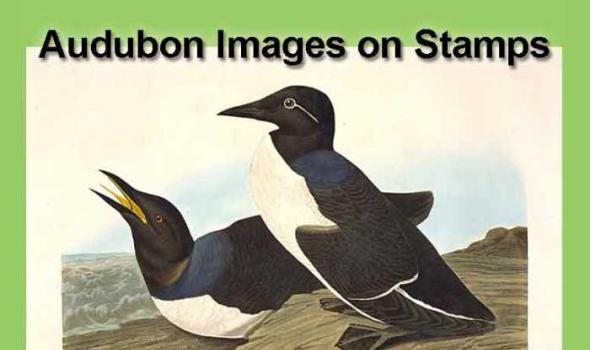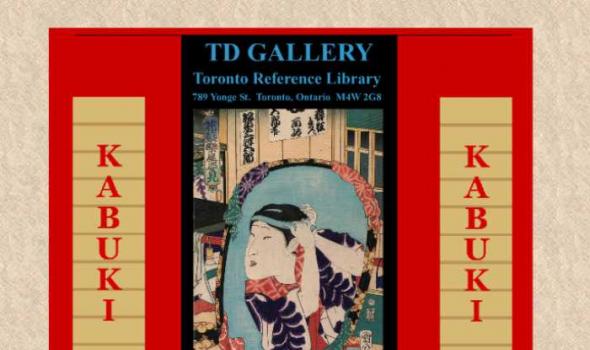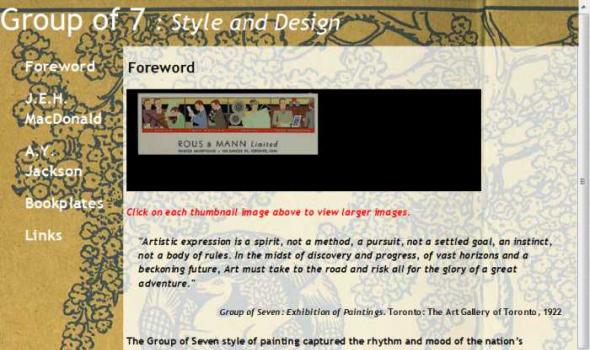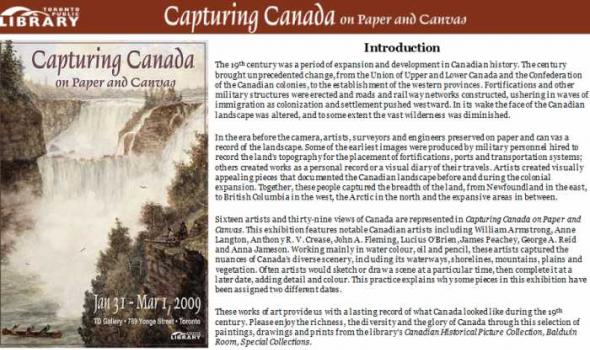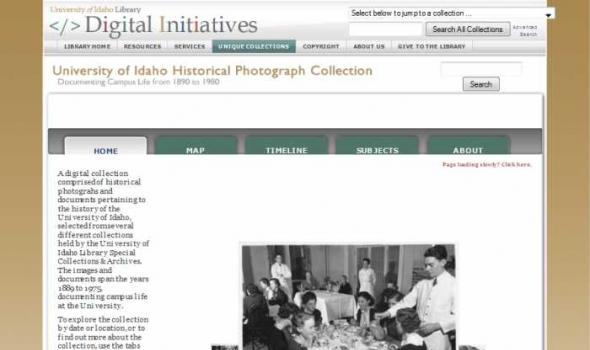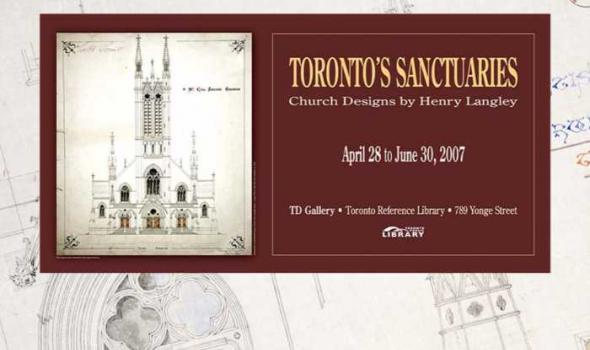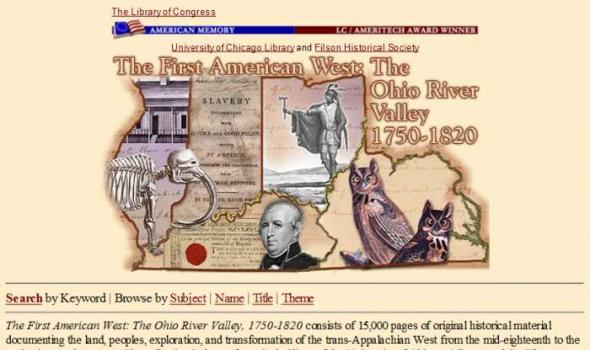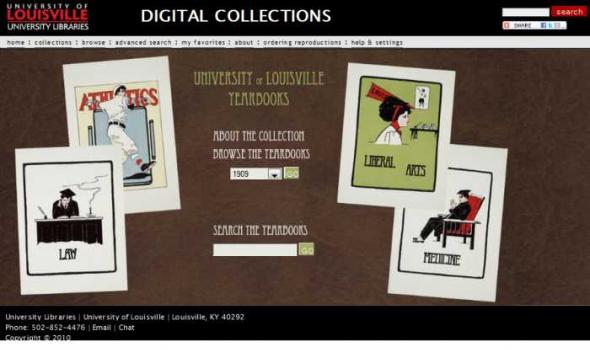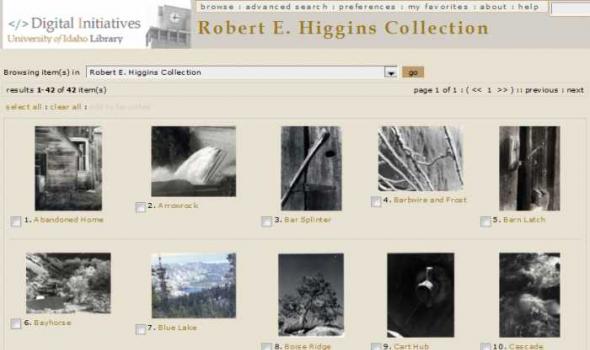Category: Fine Arts, Toronto Public Library, Ontario
Results
Soon after their appearance in the 1840's, stamps became the focus of collectors. They developed a life of their own, apart from their official role on letters and parcels. Canada's first stamp, the Three penny Beaver, designed by Sandford Fleming, was printed in 1851. Thirteen years later, Canada's first philatelic pamphlet, The Stamp Collector's Record, was published in Montreal, only a year after a similar one in England. Stamp collecting's appeal is universal. With a vast array of stamps available, collectors tend to narrow their scope to specific categories-concentrating for example on stamps with certain themes, or from particular countries. Governments try to tempt collectors (and generate revenue) by issuing a host of stamps and stamps sets.
Kabuki is a performing art that combines music, dance, pantomime, song, drama and comedy. In the early 1600s kabuki emerged from traditional Japanese classical theatre and puppet show traditions, incorporating elements of both.
While classical plays are quiet, refined and slow-paced, kabuki is full of spirited action and outsized emotions. Kabuki plays portray characters from Japanese history, legend and folk tales. Great heroes, beautiful princesses, evil spirits, loyal retainers, vengeful warriers and benevolent lords populate the stage. These stories have continued to grip the Japanese imagination, embodying as they do the much-valued ideals of loyalty, courage and strength.
Foreword The Group of Seven style of painting captured the rhythm and mood of the nation???s landscape. From Algonquin to Algoma, Lake Superior to the Rocky Mountains, Quebec to Nova Scotia, the artists traveled in search of the quintessential Canadian landscape painting. Armed with canoes, boards and paints, they interpreted the chaotic mass of nature in a bold, modern approach that differed from the Academic convention. To finance their expeditions, many of the artists worked in commercial art firms, designing illustrations, advertisements and elegant illuminated texts.
Pictures came before books, printing or writing, and were our first expression of stories. The Canadian artist Marie Day celebrated the power of cave art in her picture book Quennu and the Cave Bear , an imaginative recreation of how a young girl of the Stone Age conquered her fear of a ferocious cave bear by drawing him. The Stone Age makes a fitting start to an exhibition celebrating Canadian picture books, within which there are no boundaries of place or time. In chronological terms, the earliest painting in this exhibit is 42, the latest, only three years old. The earliest artefact shown here is nearly 3,000 years old, and the story of Quennu depicts a period over 20,000 years ago.
Introduction The 19 th century was a period of expansion and development in Canadian history. The century brought unprecedented change, from the Union of Upper and Lower Canada and the Confederation of the Canadian colonies, to the establishment of the western provinces. Fortifications and other military structures were erected and roads and railway networks constructed, ushering in waves of immigration as colonization and settlement pushed westward. In its wake the face of the Canadian landscape was altered, and to some extent the vast wilderness was diminished. In the era before the camera, artists, surveyors and engineers preserved on paper and canvas a record of the landscape.
